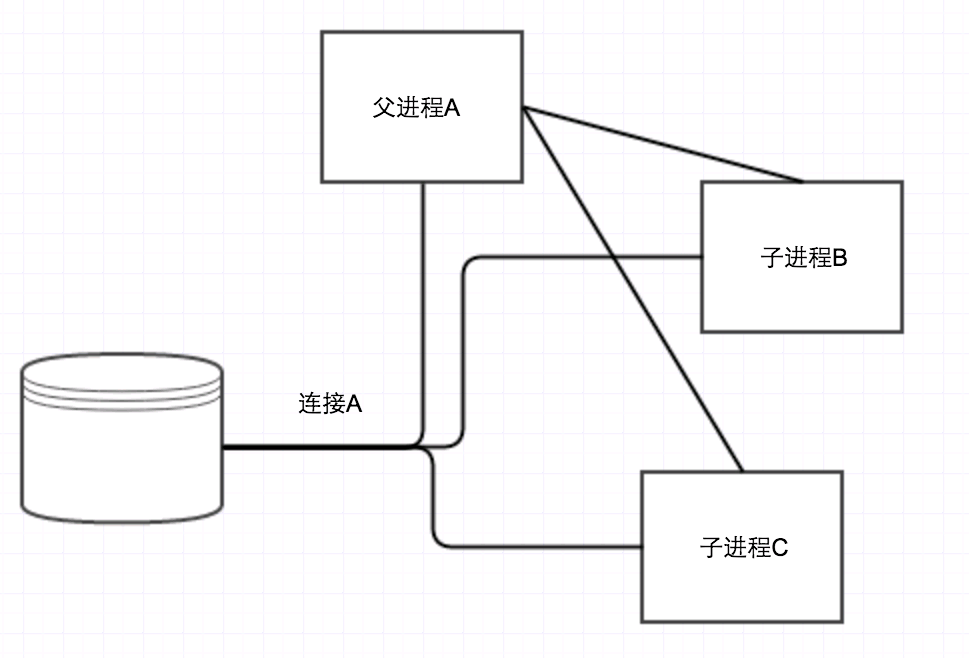python 接口测试response返回数据对比的方法
背景:之前写的接口测试一直没有支持无限嵌套对比key,上次testerhome逛论坛,有人分享了他的框架,看了一下,有些地方不合适我这边自己修改了一下,部署在jenkins上跑完效果还不错,拿出来分享一下。ps:还是要多看看别人写的,新学了不少python自带的一些常用方法。
这次直接上代码,下面写一下这次我新学一些方法和思路。
def check_response_hope_key(self,response={},hope_response={}):
temp_data={}
for n1 in hope_response:
print "n1:",n1
#如果值是字典类型
if isinstance(hope_response[n1],dict):
print "dict"
if not Check_Response_Hope().check_response_hope_key(response=response.get(n1), hope_response=hope_response[n1]):
MailFile().checkfail(response=response.get(n1), hope_response=hope_response[n1])
return False
raise '{},{}'.format(hope_response[n1],response[n1])
#如果值是列表类型
elif isinstance(hope_response[n1],list):
print "list"
for hope_index,hope_listValue in enumerate(hope_response[n1]):
#print "hope_index:",hope_index
#print "hope_listValue:",hope_listValue
for response_index,response_listValue in enumerate(response[n1]):
#print "response_index:",response_index
#print "response_listValue:",response_listValue
if isinstance(hope_listValue,dict):
Check_Response_Hope().check_response_hope_key(response=response[n1][response_index],
hope_response=hope_response[n1][response_index])
elif isinstance(hope_listValue,list):
if hope_response[n1][hope_index]==response[n1][hope_index]:
break
else:
MailFile().checkfail(response=response_listValue,hope=hope_listValue)
raise Exception ("hope_response="+str(hope_response[n1][hope_index])+"\n"+
"response="+str(response[n1][response_index]))
else:
if hope_response[n1][hope_index]==response[n1][hope_index]:
break
else:
MailFile().checkfail(response=response[n1][hope_index],hope=hope_response[n1][hope_index])
raise Exception ("hope_response="+str(hope_listValue)+"\n"+"response="+str(response_listValue))
else:
print "string"
if response.has_key(n1):
continue
else:
temp_data['error_data']='{}:{},{}:{}'.format(n1,hope_response[n1],n1,response[n1])
#发送邮件
MailFile().checkfail(response=response[n1],hope=hope_response[n1])
raise Exception ("hope_response="+str(hope_response[n1])+"\n"+"response="+str(response.get(n1)))
return True
内置函数enumerate():
传入list的数据时返回该列表的索引和值,例如:
>>> list1=[1,2,3,4] >>> for list_index,list_value in enumerate(list1): ... print list_index,list_value ...
0 1
1 2
2 3
3 4
还可以控制索引的起始值开始迭代,例如:
>>> for list_index,list_value in enumerate(list1,1): ... print list_index,list_value ...
1 1
2 2
3 3
4 4
内置函数isinstance(object,type):
用于判断传入对象是什么类型,返回布尔类型true或false,例如:
>>> isinstance(list1,dict) False
ps:这个方法真的挺好用的,很基础可以根据返回的布尔类型走不同的if分支。
内置函数format()
这个函数作用就是格式化字符串,这里面不是非要用,我用完感觉还是挺方便的,结构也清晰,在下面举个常用例子。
1.通过位置进行映射:
>>> '{},{}'.format('abc',123)
'abc,123'
>>> '{1}{0}{1}'.format('abc',123)
'123abc123'
2.通过下标
>>> list1=['a','b']
>>> '{0[1]},{0[0]}'.format(list1)
'b,a'
当然还其他很多用法,我也没用到,还是挺强大的,有兴趣自己百度一下吧,很多写的很详细。
思路:
接口返回response一定是字典格式的,因为我写的接口测试框架用的orm链接数据库动态从数据库中传参数,所以返回value可能会不同,但是返回response的key肯定是固定的,所以我这里验证所有的key。
首先遍历hope_response(期望接口返回),hope_response[n]可能类型字典,列表或者string/int(我目前没有见过key是int型的),所以使用isinsstance()去判断value的类型。如果是string就表示是最简单的一层{key:value}形式,这里就使用has_key来判断response中有没有该key。hope_response[n]是dict类型,就递归,最后一定会落到string/int类型的分支。如果hope_response[n]是list类型,就用到enumerate()来拿到索引和值,根据值的类型去判断。大体思路这样的,我调试1天多,看着简单,自己写坑还是挺多的。
以上就是本文的全部内容,希望对大家的学习有所帮助,也希望大家多多支持【听图阁-专注于Python设计】。

